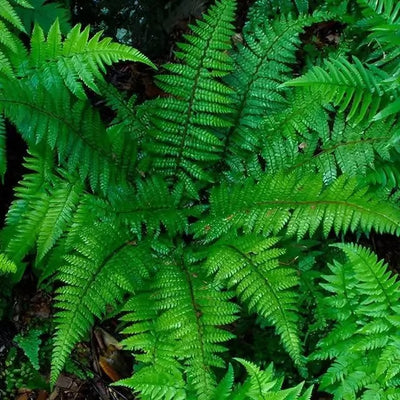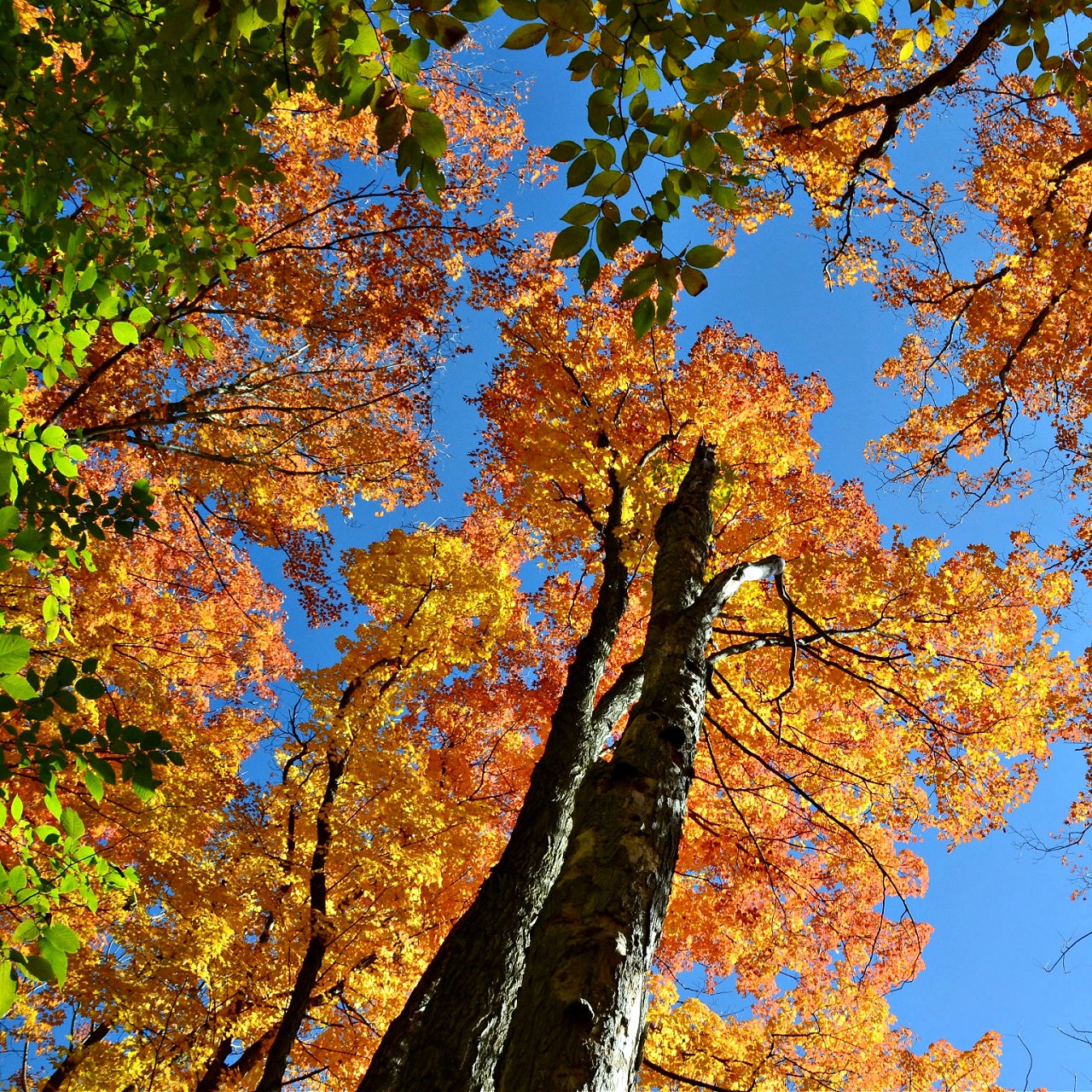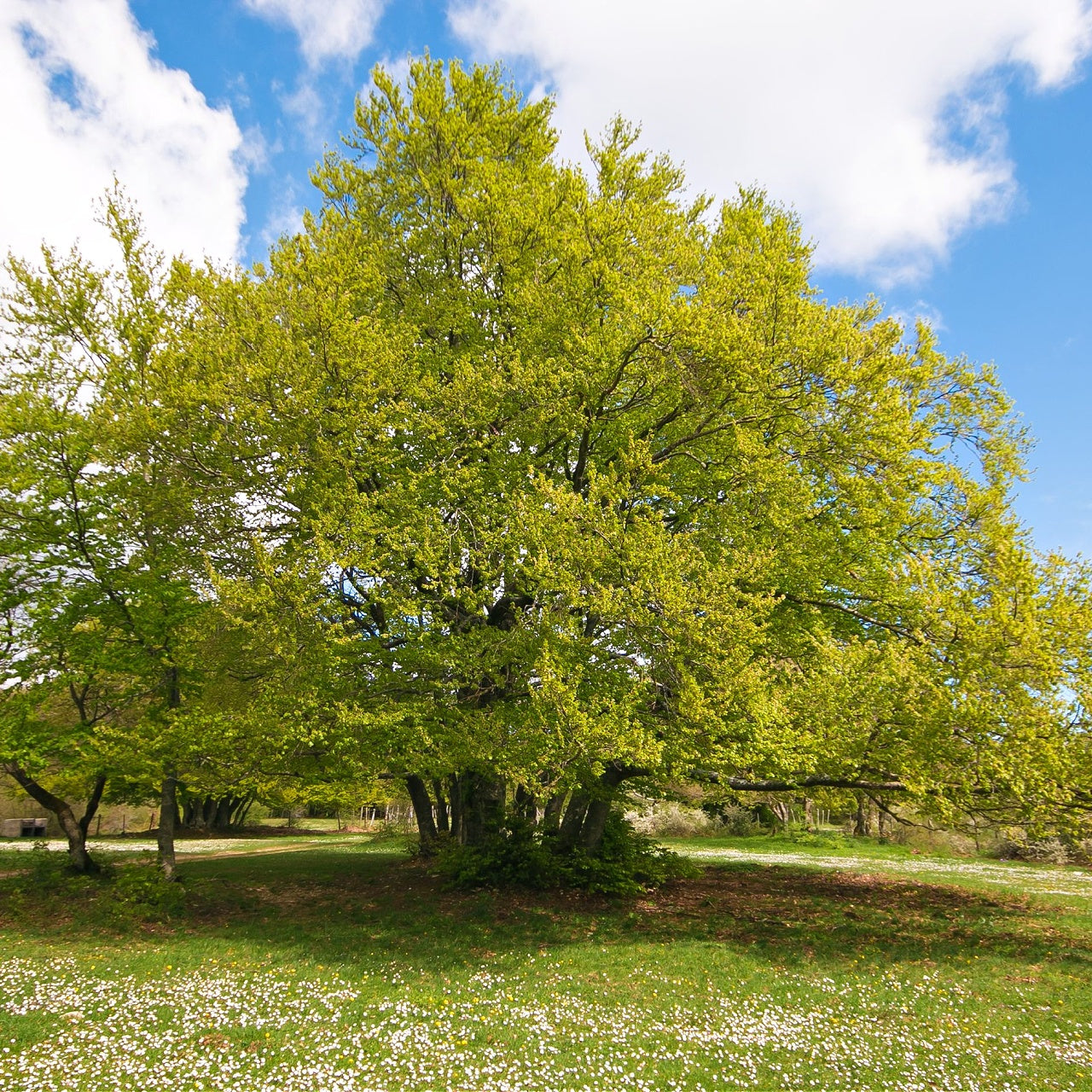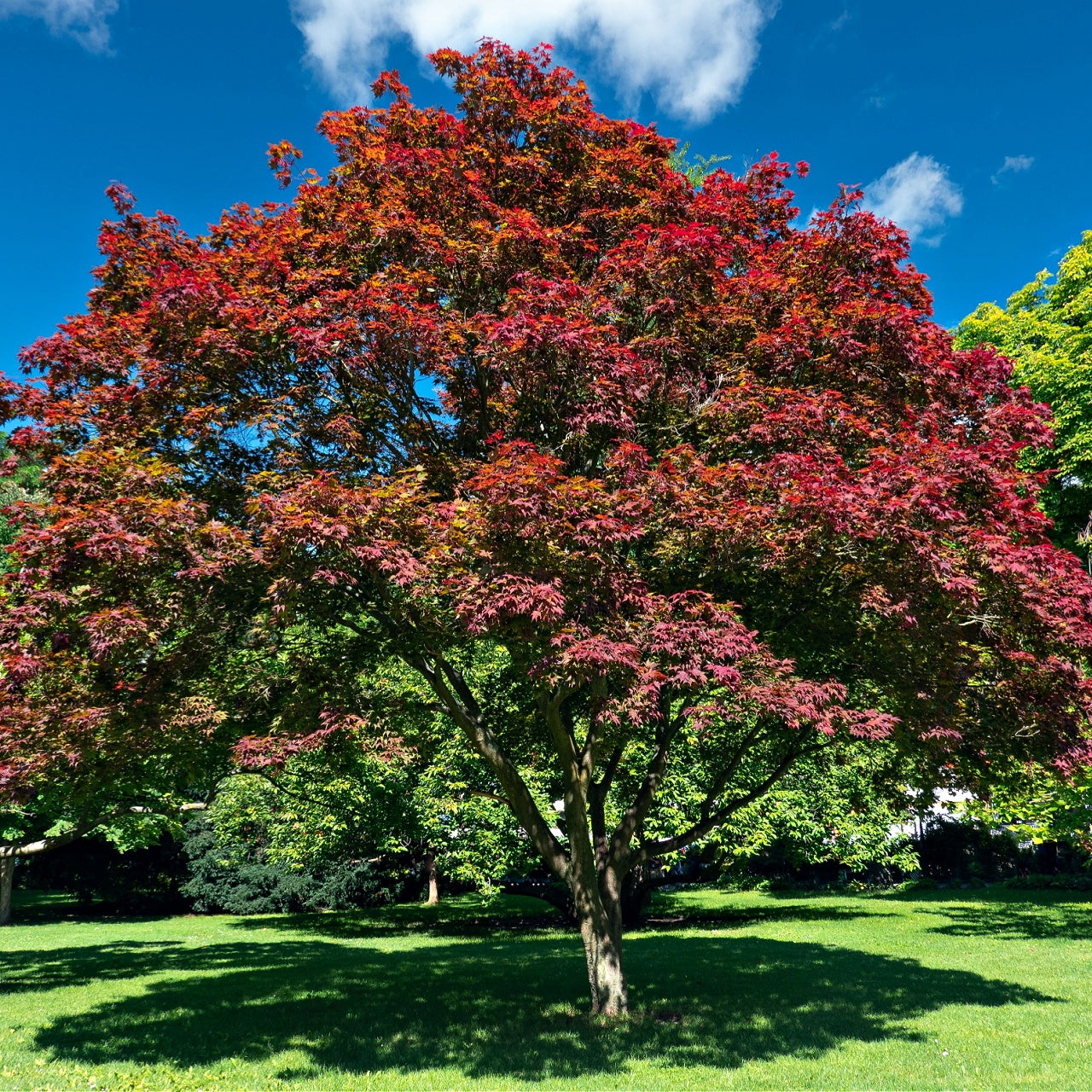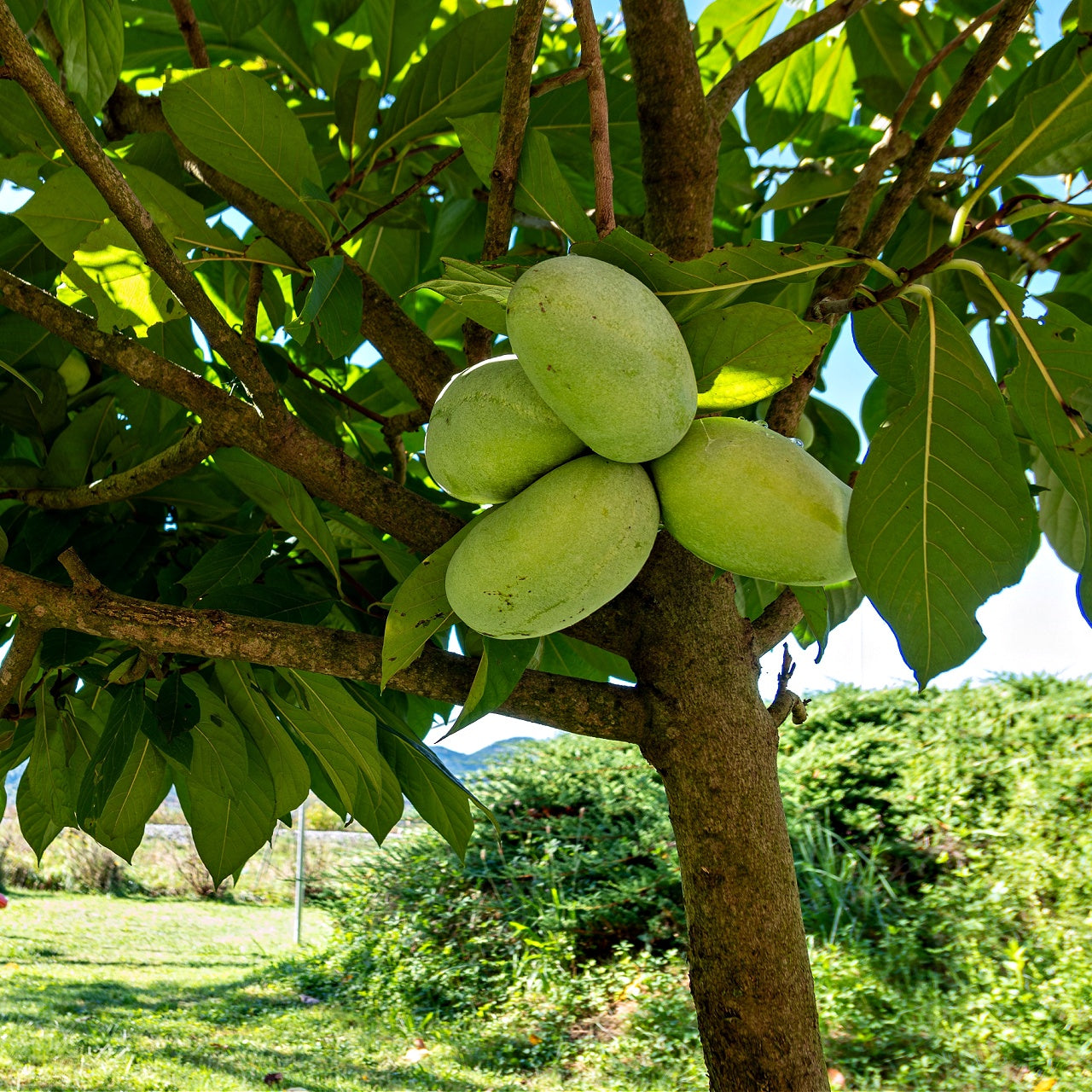
Plant Ferns The Environment Will Thank You
Plant Ferns The Environment Will Thank You
If you're looking for decorative plants and many kinds, go no further than the fern. This plant has about 12,000 species in the botanical group called Pteridophyte. Fern plants are vascular, meaning they have roots, stems, and leaves - like a rose. However, fern plants don't have seeds or flowers like a rose. They reproduce via a one-celled unit called a spore.
Ferns Have Existed for Millions of Years
However, they have never been economically significant, even though some are grown for food. They are mainly used for decoration, but through the years, some have been used in medical drugs and have long been prominent in art and mythology. These plants can live almost anywhere. They are often considered to abound in the shady, moist woods and the tropics, which they do, but they also thrive in an open field, high up a mountain, especially in crevices, in the desert, and on open water. For those who want a green plant on their front porch or in the backyard, ferns also do well there.
Four Of All the Ferns Are Well-Known in The United States
The Christmas fern grows in eastern North America as far west as Minnesota and south as Florida. It is an evergreen plant with prolonged (more than 2 feet) leaves, called fronds, and is often used to help control erosion on steep slopes. However, landscapers love it because it is easy to grow in most soils. Homeowners love the Christmas fern just because it looks pretty.
Cinnamon ferns proliferate in American swamps, woodlands, and even wet ditches. It has tall fronds; the big, green ones are up to 6 feet long. The smaller ones are bright green, which turns to a cinnamon color. These smaller fronds have sori on the leaf's underside, producing the spores that make new plants. Cinnamon ferns often produce large colonies that all grow in one place.
Fern seekers can find the Royal fern in every continent but Australia. In the United States, it is common in the Connecticut River watershed, where it prefers swamps and the banks of small streams. The Royal fern often lives up to its name because it looks pretty regal in properly tended gardens and often grows to 5 feet tall.
Many Americans know the Lady fern; it's a reasonably common house plant with lacy long (up to 30-inch) leaves and stands about 36 inches tall. Like the Cinnamon fern, this plant has sori growing on the underside of its leaves. Lady ferns are not only found in hanging pots around the house. They are also common in U.S. forests, stream beds, open fields, and shaded areas. However, there may be one slight danger associated with Lady ferns; Grizzly bears are also very fond of them.
Ferns Are Excellent for The Environment
Products from the Article



